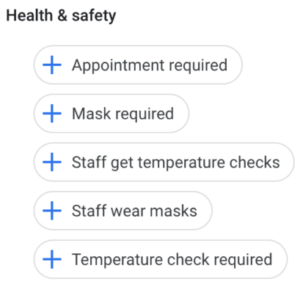2020 has been quite the year. Not only has it reminded us of the importance of accurate information in local listings, but it has also shown us how valuable local businesses are to Google. As such, Google has been busy releasing a number of updates to help businesses deal with COVID-19 and aims to continue updates throughout Q4 to help local businesses improve communication and engagement with consumers.
Local Business Messages Expansion
Since the beginning of the year, people have initiated more than twice as many messages to businesses right from Business Profiles on Search and Maps. In that timeframe, Google has continued to invest in upgrades in Google Maps and local search capabilities, recently releasing its expanded messaging feature, allowing verified businesses to message with customers directly from the Google Maps app. Once messaging is turned on, a business can start replying to customers on Google Maps from the business messages section in the Updates tab. Additionally, customers can also initiate a message from any Posts a business creates. Google is also now teasing, “soon you’ll also be able to see your messages right from Google Search (via the Customers menu on your Business Profile) and message customers directly from your computer.”
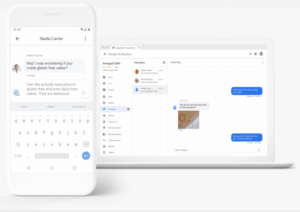
Source: Google
Updated Performance Insights
This month, Google is expected to release more robust performance metrics giving businesses deeper insight into how customers discovered the Business Profile, starting with a more detailed list of the search queries used to find the business. Beginning in 2021, more updates will be released to the performance page showing whether customers found the business via Search or Maps, as well as their device usage.
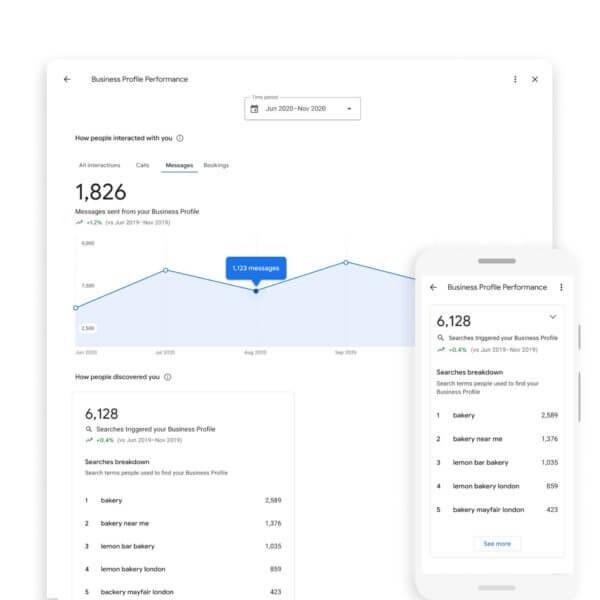
Source: Google
Google’s Community Feed
The Community Feed is a new “social feature” of Google Maps. Found under the Explore tab of Google Maps, this feature offers more opportunities for local business exposure and could eventually become an effective promotional tool.
The new Community Feed presents different types of content (lists) tied to a user’s location showcasing places and activities, which appear to be compiled by Google Local Guides, and resemble Instagram feeds. Examples are “Parks & Gardens in Paris” and “Best Dog Parks from Sacramento to San Francisco.” There is also a “Trending Weekly: [city]” list.
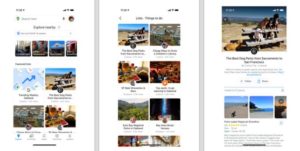
Source: Google
The Community Feed is also creating more exposure for Google Posts. In early testing, Google found that users are seeing Posts from businesses two times more than before the feed existed. While individual businesses cannot be followed, users can save places and those Posts will appear under the Update tab on Google Maps.
Looking Forward
There is no doubt that Google will continue this trend into 2021 and will most likely work even harder to safeguard its relationships with local businesses. As we look forward to 2021, many industry experts speculate Google will make a greater effort to provide leadership in uncertain times by becoming a stronger partner to businesses, educators and healthcare providers while extending its reach and providing some measure of certainty, while trying to be a more purposeful brand.
One thing is certain, consumers are seeking local information. A robust GMB profile is not only a great way to connect with them, but certain features even impact rankings in Google search results. At Mindstream Media Group, we have the solutions and insight to fast-forward your business by designing and executing sophisticated media strategies. Connect with us to learn more about the role your local business data plays as part of a holistic media plan.





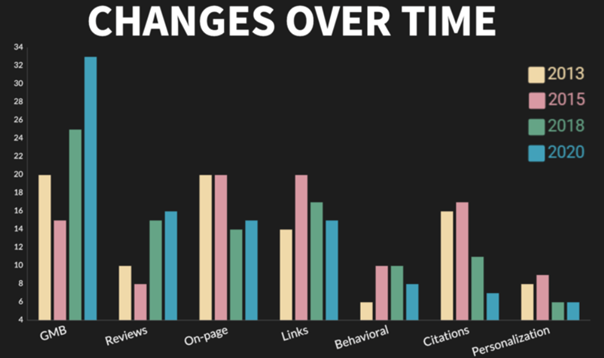
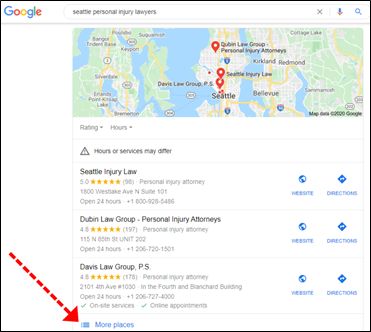
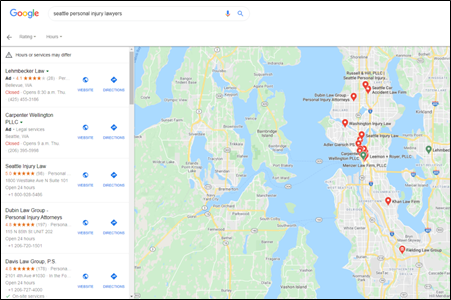
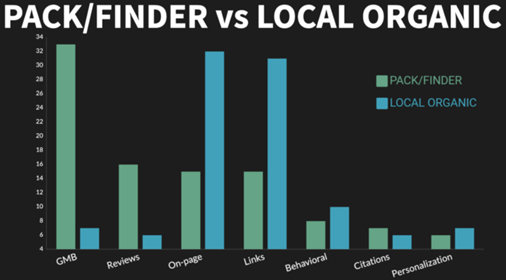
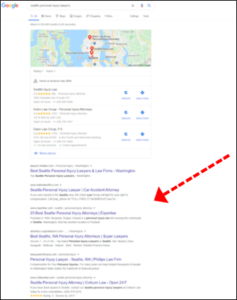
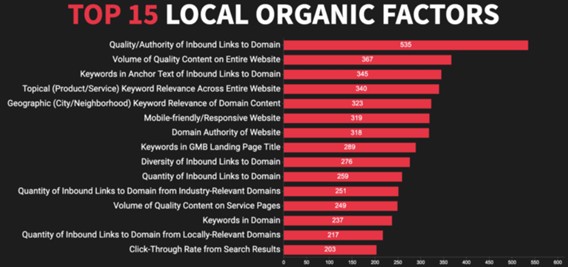
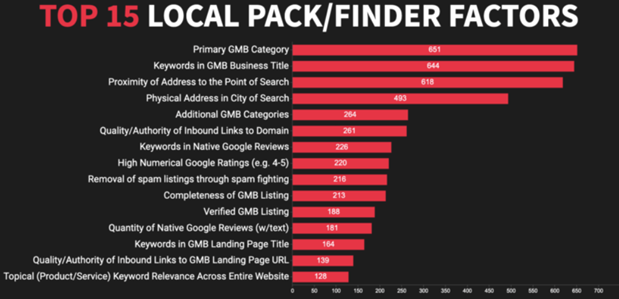
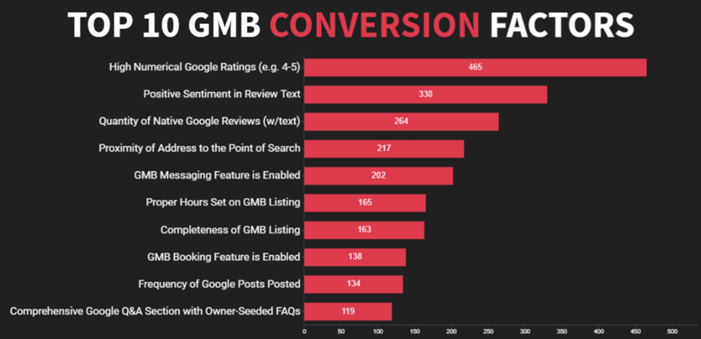
![[Video]: Influencing the Customer Journey](https://mindstreammediagroup.com/wp-content/uploads/2020/10/CustomerJourneyFeaturedImage-scaled.jpg)

![[Video]: Utilizing Data to Gain Efficiencies and Uncover Opportunities](https://mindstreammediagroup.com/wp-content/uploads/2020/09/Utilizing-Data-scaled.jpg)

